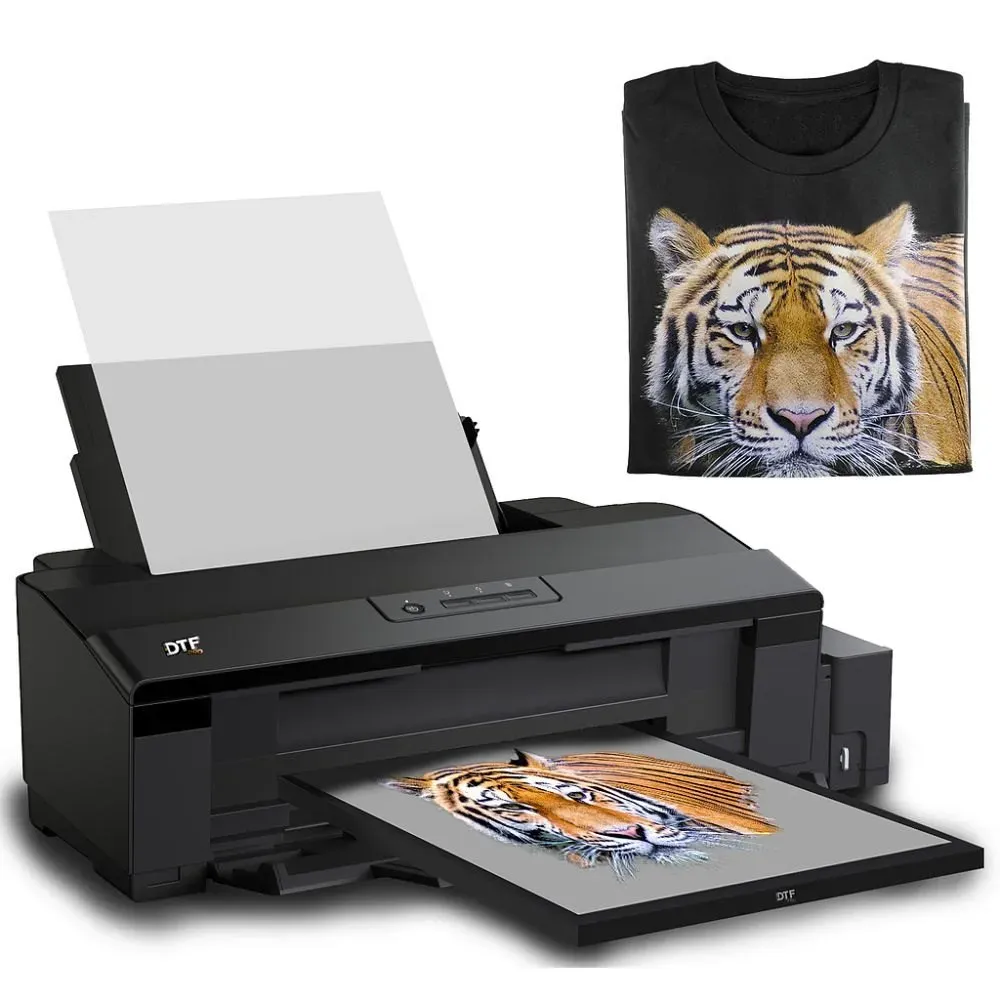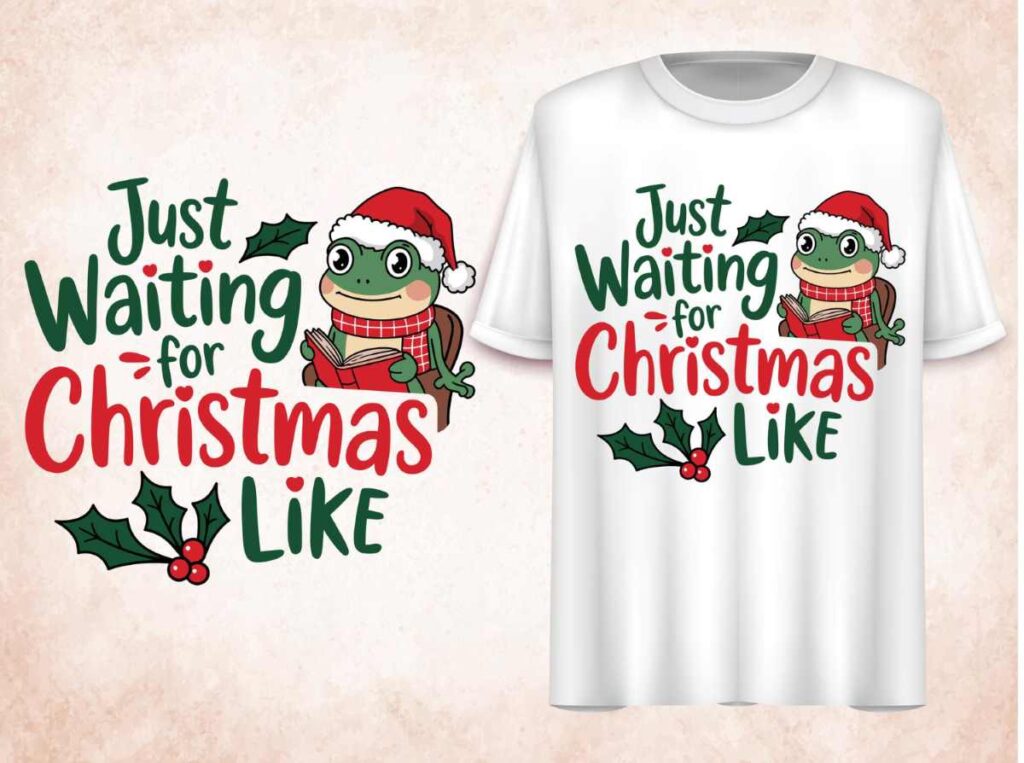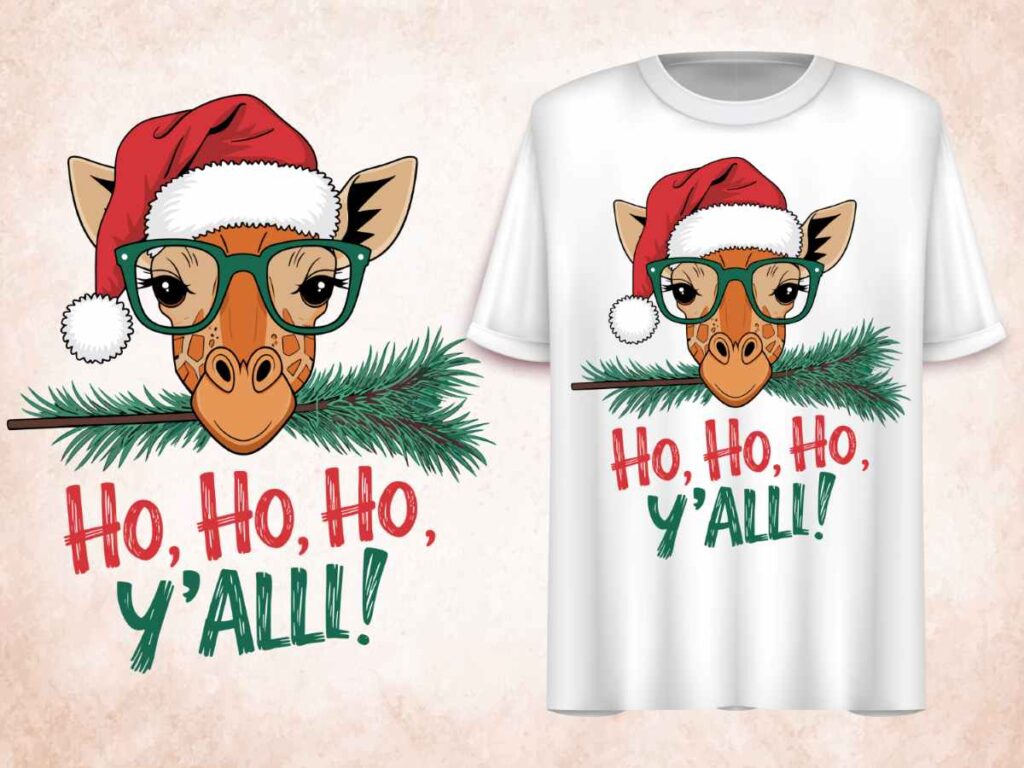In today’s thriving custom apparel printing industry, the role of a high-quality DTF printer is pivotal for any business aiming to stand out. As more entrepreneurs dive into this lucrative market, understanding how to choose a printer that meets specific needs can make all the difference. Whether you’re seeking the best DTF printer for business or exploring a comprehensive DTF printing guide, this process requires careful consideration of various factors. From evaluating your production capacity to understanding ink options and print resolution, each aspect plays a crucial role in your success. This article will provide insights and reviews to help you navigate the world of DTF printers, ensuring that you make an informed decision that aligns with your goals and boosts your profitability.
When exploring options in the realm of custom garment printing, selecting the appropriate direct-to-film printing equipment is essential for achieving outstanding results. DTF technology is revolutionizing how designs are transferred onto fabrics, providing businesses with an efficient way to produce vibrant, eye-catching prints. For those unfamiliar with the nuances of direct-to-film printers, navigating the selection process can be daunting without proper guidance. This discussion will delve into important considerations such as workflow compatibility, production volumes, and various print quality metrics, ensuring readers are well-equipped to find the ideal machine for their operations. By leveraging a detailed DTF printing guide and manufacturer insights, businesses can streamline their production process and elevate their printing capabilities.
Understanding DTF Printing Technology
DTF printing technology stands out in the custom apparel industry due to its ability to produce high-quality prints that are vibrant and long-lasting. This process involves printing designs onto a special film that transfers images onto various fabric surfaces, which has transformed the way custom designs are applied to clothing. DTF printers manage to deliver intricate details and a wide color spectrum, making them perfect for anyone looking to create eye-catching apparel. As a result, businesses that invest in these printers are set to meet the growing demand for unique and personalized fashion pieces.
Moreover, the durability of prints produced through DTF technology is a significant advantage. Customers increasingly seek garments that maintain their integrity and appearance even after multiple washes. With DTF printing, the color retention and adherence properties are typically superior compared to conventional printing methods. This not only ensures satisfaction among customers but also reduces the risk of returns, contributing positively to the overall sustainability of your business.
How to Choose the Best DTF Printer for Your Business
When searching for the best DTF printer for your business, it’s crucial to consider several factors that align with your operational needs. Begin by assessing the scale of your printing projects—are you preparing for explosive growth or starting out modestly? Understanding your potential production volume will guide you in selecting a printer that can meet your workload demands without compromising quality. Many printers are designed specifically to cater to high-volume printing, offering features such as faster print speeds and larger ink capacities, which can significantly boost your productivity.
Additionally, evaluating different brands and models through DTF printer reviews can help you pinpoint which machine will cater to your specific needs. Each printer comes with unique features, such as varying resolutions, ink types, and compatibility with printing software. Read about the experiences of other users to gain insights into performance, reliability, and customer support, which can play a critical role in your decision-making process. Taking the time to do thorough research will ultimately ensure you invest in the right equipment for your custom printing endeavors.
Assessing Production Needs for DTF Printing
When entering the world of custom apparel printing, understanding your production needs is integral to choosing the right DTF printer. Evaluate how many pieces you plan to print daily and the types of garments you will work with. For businesses anticipating large orders, investing in a commercial-grade DTF printer may streamline operations and increase efficiency. These models are designed to handle heavy usage while preserving high print quality, making them a valuable asset for those expecting substantial growth in demand.
Conversely, if your business model leans toward low-volume, bespoke projects, a more compact DTF printer might be adequate. This approach allows you to manage your budget effectively while still meeting client needs. As production demands evolve, consider choosing a printer with upgrade capabilities, enabling smooth transitions as your business grows and diversifies its offerings in custom apparel.
Evaluating Ink Options for DTF Printing
The type of ink used in DTF printing plays a pivotal role in determining print quality and compatibility with various materials. Water-based inks are favored for their environmentally friendly properties and exceptional vibrant colors, providing superior adhesion on fabrics. This aspect is crucial for businesses focused on creating standout apparel that retains its aesthetic appeal through washing and daily wear. Similarly, eco-solvent inks can also be considered, as they may offer unique advantages depending on your specific printing targets.
However, understanding your fabric choices ensures you select compatible ink types, as mismatched combinations can lead to issues such as peeling or fading. Prioritize printers known for their versatility regarding ink usage, ensuring that your operation can adapt to different fabric requirements without incurring excessive costs or compromising print quality.
Prioritizing Print Resolution and Quality
Quality is king in the custom apparel industry, making print resolution a crucial factor when shopping for a DTF printer. Selecting a machine that offers a minimum resolution of 1440 DPI ensures that your designs will reproduce true to their original form, preserving intricate details and vibrant colors. High-resolution prints not only attract customers but also reflect the professionalism of your business—a critical consideration in a competitive market.
A smart approach involves requesting sample prints from different printers to gauge their output quality before finalizing your decision. You can compare the sharpness and color fidelity of designs across various models, ensuring you choose a printer that meets your high standards. By prioritizing print quality, you create an excellent foundation for customer satisfaction and repeat business.
The Importance of Software Compatibility in DTF Printing
In addition to physical features, software compatibility stands as an essential aspect of selecting a DTF printer. The design software accompanying the printer should cater to a diverse range of file formats and provide intuitive user interfaces that streamline the printing process. A seamless integration with your existing systems allows for a smoother workflow, reducing production bottlenecks associated with complex software transitions.
Some advanced DTF printers even come equipped with built-in software options that allow for easy customization, such as color manipulation and design alterations. This functionality can noticeably enhance productivity and creativity in apparel design, leading to unique offerings that can better capture your target audience’s interest. Prioritize printers that support flexible software arrangements to set your custom apparel business up for success.
Frequently Asked Questions
What should I consider when choosing a DTF printer for my business?
When selecting a DTF printer, evaluate your production capacity, ink options, print resolution, software compatibility, and overall costs versus ROI. Your choice should align with your expected daily output and the quality of prints you desire for custom apparel.
What is the best DTF printer for small businesses?
The best DTF printer for small businesses typically balances cost and capabilities. Look for models that offer a moderate production capacity, high print resolution (1440 DPI or more), and compatibility with water-based inks to achieve vibrant prints without overwhelming initial costs.
What are the advantages of using DTF printing for custom apparel?
DTF printing offers several advantages for custom apparel, including vibrant colors, intricate design capabilities, and durability against wear and washing. It allows for flexibility on various fabric types, making it ideal for personalized clothing solutions.
How do I evaluate DTF printer reviews before making a purchase?
When reading DTF printer reviews, consider aspects like print quality, ease of use, customer support, and reliability. Look for patterns in customer feedback, highlighting common strengths or weaknesses, to gauge whether a specific printer meets your business needs.
Can I use water-based inks with any DTF printer?
Not all DTF printers are compatible with water-based inks. It’s essential to check the specifications of the printer you are considering to ensure you choose inks that will adhere properly to the materials you plan to print on, optimizing print quality and durability.
How can I ensure I’m making a wise investment in a DTF printer?
To ensure a wise investment in a DTF printer, conduct thorough research on brand reputation, customer reviews, and warranty support. Perform a cost analysis that includes ongoing maintenance and ink costs, and consider the potential ROI based on your production needs and pricing strategy.
| Key Consideration | Details |
|---|---|
| Understanding DTF Printing | DTF printing offers vibrant colors and intricate designs with durability on various fabric types. |
| Assess Your Production Needs | Evaluate expected daily output to choose between high-capacity or smaller models. |
| Consider Your Ink Options | Choose between water-based and eco-solvent inks, ensuring compatibility with the fabric. |
| Focus on Print Resolution and Quality | Aim for printers with at least 1440 DPI for sharp and vibrant designs. |
| Software Compatibility and Features | Look for intuitive software and compatibility with your design systems. |
| Weigh Costs Against ROI | Conduct thorough cost analysis for initial and ongoing expenses. |
| Research Brand Reputation and Support | Consider customer reviews and support options from established brands. |
| Request a Demo | Observe functionality and assess fit for your needs through real-time demonstrations. |
Summary
Choosing the right DTF printer is essential for the success of your custom apparel business. By understanding key factors such as production needs, ink options, print resolution, and software compatibility, you can make an informed decision that supports high-quality outputs. Additionally, evaluating costs versus potential ROI and seeking reputable brands with strong customer support will further ensure that your investment pays off. As the competition in the custom apparel market grows, having a reliable DTF printer will not only enhance your production capabilities but also delight your customers with exceptional printing results.



